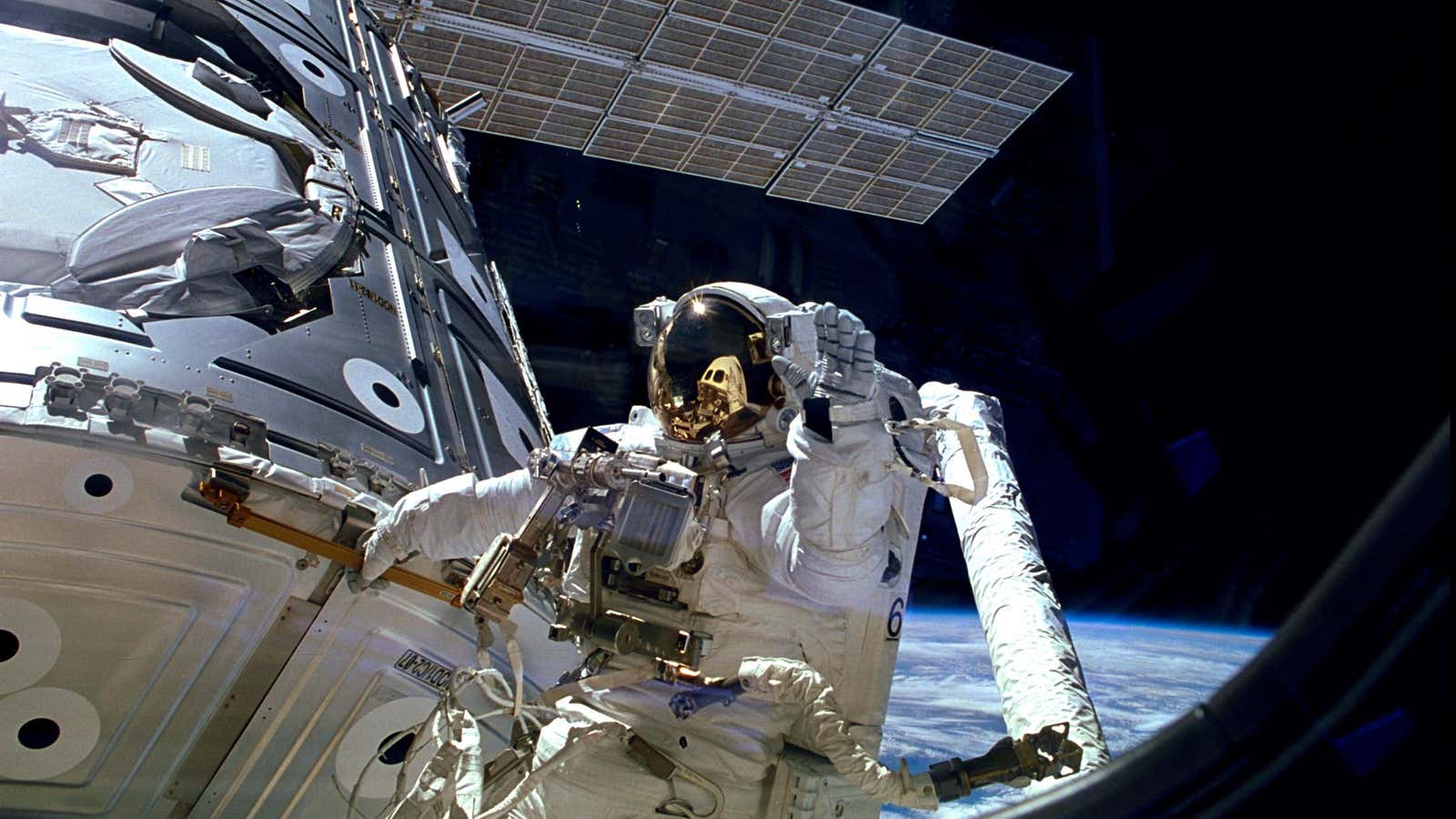It’s been a surprisingly resurgent year for human activities in space, with governments and entrepreneurs pushing to make extra-terrestrial access cheaper, more lucrative and more important to daily life than it has ever been before. Here’s a look at the good and the bad in orbit and beyond.
Commercial space came of age…
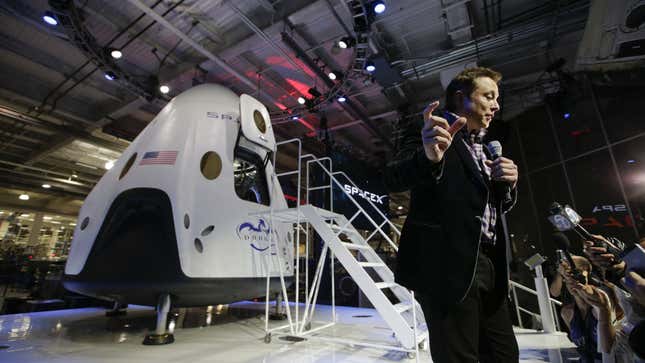
The US government gave two companies, Boeing and SpaceX, contracts to take humans into space, and now they are in a race to be the first private firms to do so. This was also the first year we saw regular private missions to resupply the International Space Station (ISS), humanity’s outpost in orbit. In particular, SpaceX became the first 21st-century space company to become more than a vanity project and put the established giants of aerospace technology on notice that the era of bloated government contracts is ending.
…and also showed how far it has to go.
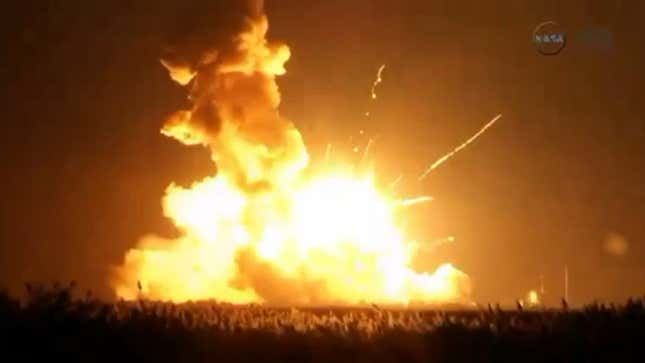
The explosion of an unmanned Orbital Sciences rocket ferrying supplies to the ISS and the tragic destruction of a Virgin Galactic space plane during a test flight, which killed one of the pilots, were a reminder that going into space remains a task at the edge of technological accomplishment. For all we’ve learned since space programs began more than 60 years ago, the physics of trying to escape gravity means that rocket launches remain dangerous. Technology hasn’t yet delivered the consistent reliability needed to achieve the vision of space enthusiasts.
India sent a probe to Mars and launched a heavy-lift rocket.

The Indian government made great strides in its space programs this year, sending a probe to circle Mars and successfully launching a heavy-lift rocket that also tested an unmanned crew capsule. While the media has made too much of how cheap India’s relatively unsophisticated space technology is compared to that of other nations, the speed and efficiency of its space program speaks to the growing ability of the tech sector that new prime minister Narendra Modi seeks to develop. The prominence of women at India’s space agency also made for a welcome contrast with this year’s controversy over the Indian authorities’ lackadaisical attitude to rape.
China laid the groundwork for a moon mission.
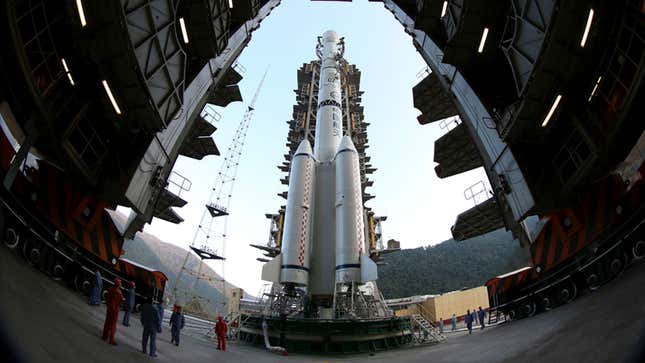
China successfully launched and tested a lunar orbiter and returned it to earth, demonstrating nearly all of the technology necessary to land humans on the moon. After China landed a lunar rover on the surface last year (though it was beset by technical problems), this year’s test was the next step toward landing a robotic sample mission on the moon and returning it to earth in 2017. Along with its space station, Tiangong-1, these missions show that China’s space capabilities are now almost a match for those of the US, Europe and Russia.
Satellite photos became way more accessible.
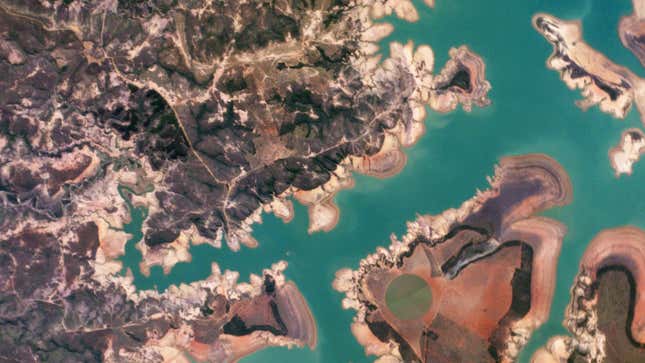
A number of different startups this year used new developments in small-satellite technology to deploy systems that will make previously military-grade imagery available to the masses. Urthecast attached cameras to the ISS that will begin providing a live feed of earth in 2015; Planet Labs launched a constellation of 28 earth-watching cubesats from ISS; Digital Globe got the go-ahead to sell its satellite surveillance images; and SkyBox launched its second earth-observing satellite and was acquired by Google. That abundance of satellite images means we can do cool stuff like this orbital country-spotting game.
Curiosity spent a (Martian) year on the Red Planet…
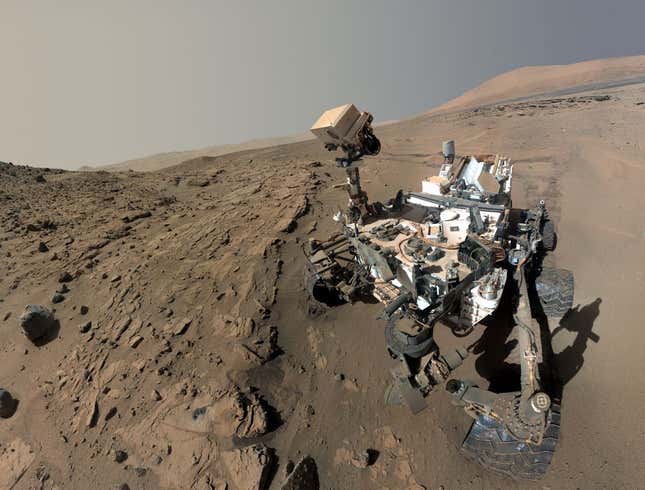
NASA’s Curiosity Rover completed a Martian year—687 Earth days—exploring the surface of Mars. Its biggest discovery was the first confirmation of organic matter there; but while the molecules it found are the building blocks of life, they could have come from chemical reactions that didn’t involve it.
… and we learned how far away Mars really is for humans.
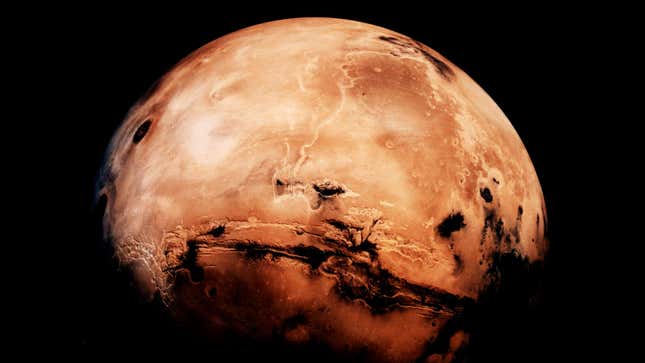
Despite the growing excitement about sending people to Mars, with SpaceX founder Elon Musk touting it as the key to avoiding human extinction and NASA promising a mission by the 2030s, an analysis of a grassroots plan by a reality TV-show suggested a more perilous mission than some expect.
The US launched its first spacecraft since the Shuttle.
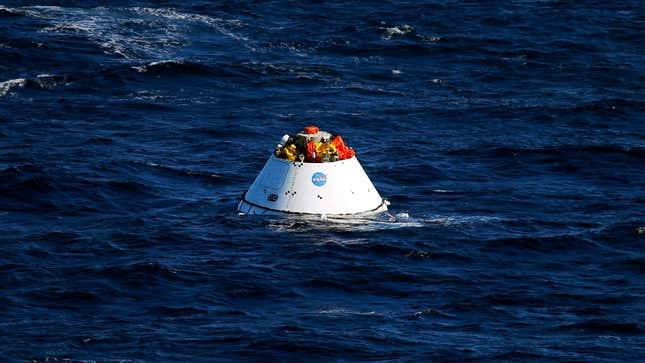
With the launch, orbit and recovery of an unmanned Orion spacecraft, NASA finally has a vehicle again for the first time since the Space Shuttle program ended in 2011. While the agency has overhyped the potential of this craft to go to Mars, it does mean that the US government is back in the manned space-travel business and will soon no longer need to rely on Russia to send people up to the ISS and the moon—though private space firms will likely take that role before Orion’s next launch in 2018.
Entrepreneurs set their sights on satellite internet.
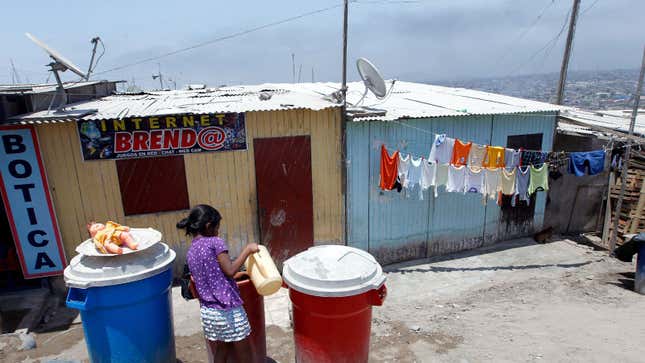
Everyone from Google to Facebook to SpaceX mooted plans to start satellite internet businesses this year. While it’s currently costly, entrepreneurs hope that cheaper access to space and smaller satellites will make the service affordable. On an enterprise level, O3b Networks completed the launch of a satellite constellation that is helping connect telecom companies to the internet in emerging markets around the world.
Military space drones kept everyone on their toes.
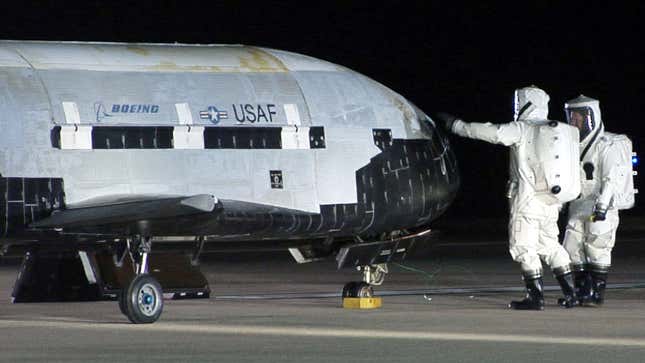
In the US, the Air Force landed a top-secret space drone after it spent 22 months in orbit, prompting all kinds of speculation about what the craft was doing up there—most likely, testing new technology. A Russian military satellite launch included a craft that was observed maneuvering in space, prompting overblown fears of satellite weapons. Those fears have some basis in reality, given all the trouble caused by an orbital collision in 2007 that experts believe was caused by China testing anti-satellite weapons.
Scientists landed a probe on a comet.
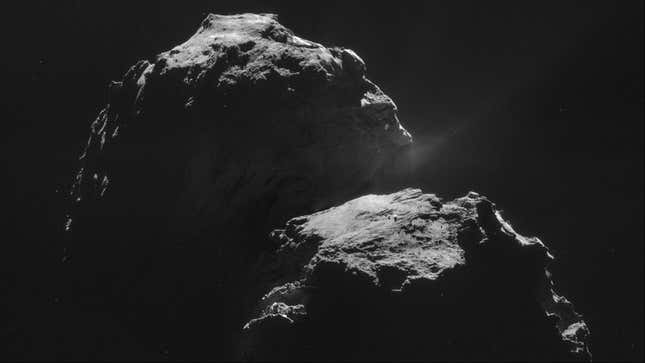
They landed a probe on a comet!
We discovered gravitational waves… or maybe just space dust.
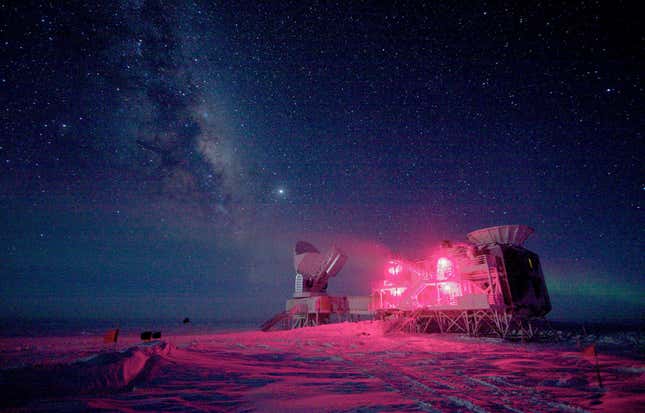
For a minute this year, we thought an observatory near the South Pole had confirmed a major theory about the origins of the universe, discovering gravitational waves left over from the Big Bang. But skepticism may have been warranted: Scientists now believe that what looked like gravitational wave traces may have been space dust, leaving theorists to wait for new confirmation of the theory.
We discovered the most Earth-like planet so far.
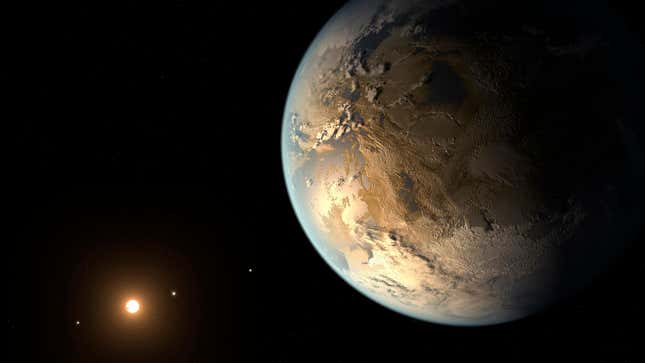
A different NASA satellite observatory made a major finding this year, discovering a planet some 500 light-years away that meets a number of the criteria to support life. Kepler 186f is about 10% larger than Earth and is in the so-called Goldilocks zone where scientists believe conditions are just right to allow the development of life. Of the various potentially habitable planets found so far, it’s the closest analog to Earth.
ISS has spent 5,200 days in space.
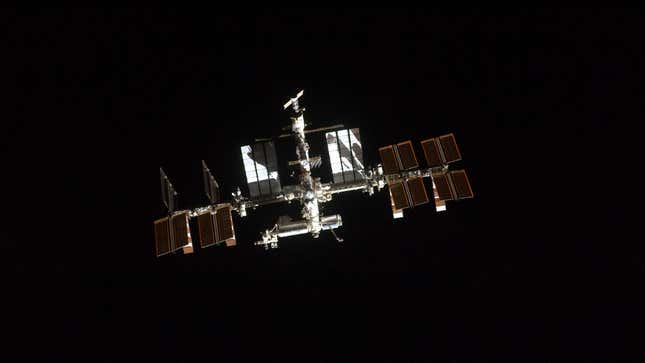
Humanity’s most expensive single object and our lone permanent extra-terrestrial outpost is the largest man-made object in orbit and inspires the space economy: Entire companies have built themselves around supplying and maintaining it. It’s also a key hub for learning how humans can survive in space without going blind or seeing their bones dissolve—even if they can’t get private companies to do any research up there.
And a trailer for the new Star Wars movie came out.
You know you were waiting for it.
